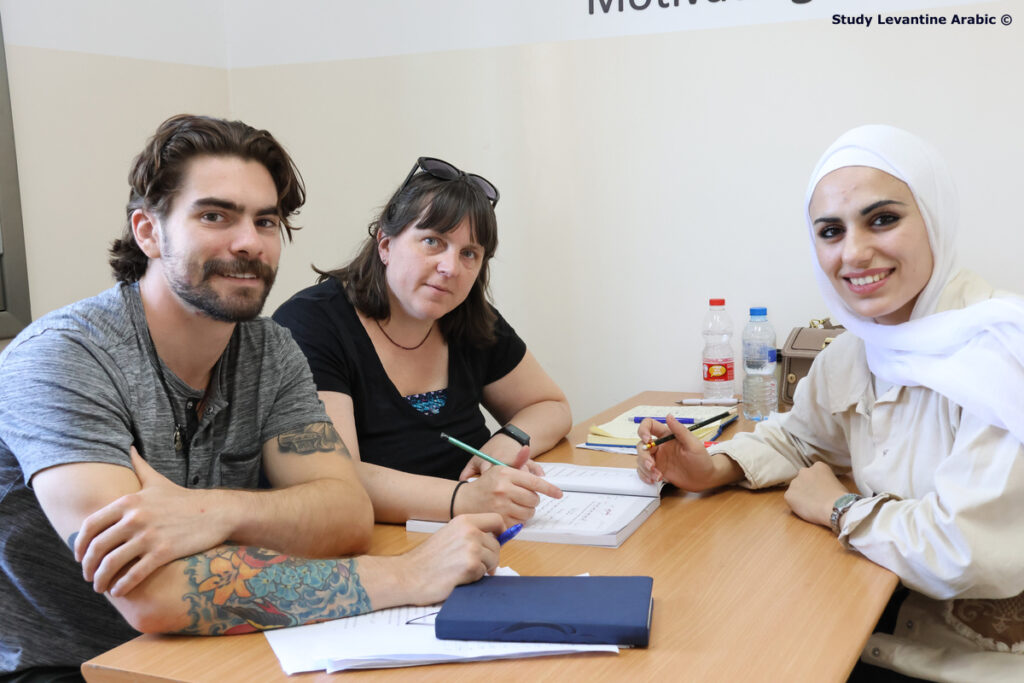Lebanese Arabic is one of the most vibrant and recognizable varieties of the Arabic language, spoken by millions both in Lebanon and across its global diaspora. As a key dialect of the Levantine Arabic group, it combines deep historical roots with a dynamic modern character shaped by centuries of cultural exchange and foreign influence. From its unique phonetics and simplified grammar to its rich vocabulary borrowed from French, English, and Turkish, Lebanese Arabic stands out as both approachable and expressive.
This guide offers a comprehensive look into the essential features of the dialect, the differences between it and Modern Standard Arabic, practical ways to learn it, and everyday expressions that bring the language to life. Whether you’re a curious learner, a heritage speaker, or simply fascinated by language diversity, this overview will give you a solid foundation in understanding and appreciating Lebanese Arabic.
Table of Contents
Essential Facts About Lebanese Arabic
| Fact | Details |
|---|---|
| Dialect Type | Levantine Arabic (part of the wider Arabic dialect continuum). |
| Geographical Location | Spoken primarily in Lebanon, with variations in neighboring countries like Syria and Jordan. |
| Native Speakers | An estimated 4.5 million speakers. |
| Writing System | Uses the Arabic script, but there are instances of the Roman alphabet (Lebanese Latin) in informal communication. |
| Phonetic Features | Contains unique sounds, such as a softer “q” (often pronounced as a glottal stop). |
| Influences | Significant influence from French, English, Turkish, and Syriac due to historical factors. |
| Grammar | Lebanese Arabic grammar is relatively close to Modern Standard Arabic, but with simplified verb conjugations and sentence structure. |
| Pronunciation Variations | Some words are pronounced differently from Standard Arabic, like “katab” (wrote) in Standard Arabic vs “kittab” in Lebanese. |
| Loanwords | Contains many loanwords from French, English, and Turkish, especially in urban dialects. |
| Politeness Levels | Has various ways to express politeness, with formal and informal forms for addressing people. |
| Gender | Like other Arabic dialects, it has grammatical gender (masculine and feminine). |
| Verb Conjugation | Verb conjugations are simpler in Lebanese Arabic compared to Modern Standard Arabic. |
| Use of Tenses | Tense usage is more flexible in Lebanese Arabic, often relying on context rather than strict grammatical rules. |
| Formal vs Informal | While Modern Standard Arabic is used in formal contexts (news, education), Lebanese Arabic is the common spoken language. |
Lebanese Arabic is a prominent dialect within Levantine Arabic, sharing close ties with other varieties spoken in neighboring regions like Palestinian and Syrian Arabic. Despite Lebanon’s geographical and cultural diversity, Lebanese Arabic retains a unique identity shaped by its complex history and ongoing interactions with various languages and cultures.
Who Speaks Lebanese Arabic?
Lebanese Arabic is primarily spoken by the people of Lebanon, regardless of religious or ethnic background. In addition to native speakers within Lebanon (around 4.5 to 5 million), it is also spoken by millions in the Lebanese diaspora across countries such as:
- Brazil
- United States
- Canada
- France
- Australia
- Germany
- Saudi Arabia and other Gulf countries
Members of the Lebanese diaspora often use Lebanese Arabic at home or in community settings, helping preserve the dialect across generations. While many Lebanese are bilingual or trilingual (often speaking French or English), Lebanese Arabic remains the dominant spoken language in daily life and informal communication.
Differences Between Lebanese Arabic and Modern Standard Arabic
Differences in Vocabulary and Word Choice
Lebanese Arabic differs significantly from Modern Standard Arabic (MSA) in terms of vocabulary. Lebanese speakers often use words borrowed from French, English, and Turkish due to Lebanon’s colonial and multicultural history. For example, the word for “car” in Lebanese might be “siyyara,” similar to MSA, but terms like “ascenseur” (elevator) from French or “bēt” (home) from Aramaic roots are also common.
In contrast, MSA retains a more traditional and classical vocabulary used in literature, news, and formal writing. This creates a gap between everyday spoken Lebanese and the formal Arabic taught in schools and used in media.
Differences in Grammar and Sentence Structure
The grammar of Lebanese Arabic is more flexible and simplified compared to the rigid rules of MSA. In Lebanese, case endings are dropped, verb conjugations are more streamlined, and sentence construction tends to follow a subject-verb-object pattern more consistently.
For example, instead of the MSA structure “yaktubu al-walad darsan” (The boy writes a lesson), Lebanese might simply say “el-walad bi-yektob dars.” This simplification makes Lebanese Arabic easier for native speakers to use in daily conversation, but also increases the divide between formal and informal Arabic.
Differences in Pronunciation and Sound System
Lebanese Arabic has a distinct sound system and rhythm that set it apart from MSA. Certain letters are pronounced differently; for instance, the MSA “qāf” (ق) is often pronounced as a glottal stop (ʔ) or dropped entirely in Lebanese.
The dialect also has a smoother, more melodic intonation, which reflects the influence of surrounding languages and the Lebanese musical tradition. In contrast, MSA maintains a more classical pronunciation and a formal, rhythmic tone. These phonetic differences contribute to the impression that Lebanese Arabic is more casual and expressive, while MSA is formal and precise.
Linguistic Features of Lebanese Arabic
Lebanese Arabic, a major variety of Levantine Arabic, shares many foundational structures with other Levantine dialects and Modern Standard Arabic (MSA), but it has evolved its own distinctive features shaped by Lebanon’s multilingual history and cultural openness. Vocabulary in Lebanese Arabic is rich in loanwords, especially from French and English, due to colonial influence and global exposure. These borrowed terms are seamlessly integrated into everyday speech. Some commonly used examples include:
- ṭabʔa = print edition or copy (origin: French tirage)
- bərkē = lighter (origin: French briquet)
- maʃīn = machine (origin: French machine)
- šārjēr = charger (origin: French chargeur)
- mablay = washing machine (origin: French machine à laver)
- sakkar = to close (shared with MSA but used differently in context, often more colloquially)
Phonetically, Lebanese Arabic is characterized by a smooth and melodic intonation that sets it apart from other Arabic dialects. One of the most prominent phonological features is the substitution or softening of certain consonants. The letter qāf (ق) is often pronounced as a glottal stop [ʔ], particularly in urban areas like Beirut—so the MSA word qalb (heart) becomes ʔalb. Emphatic consonants like ṣād (ص), ḍād (ض), and ṭāʾ (ط) are often less pronounced than in MSA, leading to a softer sound overall. The pronunciation of kāf (ك) can also shift in certain contexts, especially in rural speech, becoming more palatalized or softened.
Grammatically, Lebanese Arabic streamlines many of the complexities found in MSA. Verb conjugations are simpler and rely on prefixes and particles such as b- for the present tense (e.g., biktob – “he writes”) and raḥ or ḥa for the future (e.g., raḥ yiktob – “he will write”). The dialect also frequently merges prepositions and pronouns, such as ʔillak (“to you”) or ʕalayyi (“on me”). Unlike MSA, which uses formal structures and strict syntax, Lebanese Arabic allows more fluid sentence construction that reflects natural spoken flow. These grammatical traits, combined with a vibrant rhythm and expressive intonation, make Lebanese Arabic easily recognizable and widely appreciated across the Arab world.
How Can I Learn Lebanese Arabic?
Lebanese Arabic online and in-person courses are excellent starting points for anyone seeking their first exposure to the dialect. Several other valuable resources and programs support learners at all levels, whether through structured courses, online platforms, or immersive in-person experiences.
Here are a few recommended sources for learning Lebanese Arabic:
1. Study Levantine Arabic Platform
Enroll in the Study Levantine Arabic‘ Intensive Lebanese Arabic courses, which offer 20 hours of instruction per week. These courses allow students to quickly acquire Arabic skills and finish a full 80-hour course in just four weeks. Intensive options are offered in both Modern Standard Arabic and Palestinian Arabic (Ammiyya), Lebanese, and Levantine Arabic (Shami Dialect).
2. Study Arabic Online Courses
Study Arabic Online offers courses in Levantine Arabic (Ammiyya or Shami Arabic), which includes Palestinian, Jordanian, Syrian, Lebanese, and Egyptian dialects, as well as Modern Standard Arabic. Our programs are designed for beginners and focus on practical conversation and everyday vocabulary, making learning Arabic from the comfort of your home or workplace easy. Ready to learn Arabic?
Join our engaging online lessons taught by experienced instructors from Palestine, Jordan, Lebanon, Egypt, and Syria. Whether you’re a student, a professional, or just passionate about Arabic, our classes are designed for everyone. You’ll learn to speak Arabic confidently and connect with people from Arabic-speaking countries.
3. The Excellence Center in Europe
The Excellence Center in Europe provides various Arabic language programs for individuals eager to learn Arabic while immersing themselves in Europe’s rich cultural diversity. Whether you’re a student aiming to strengthen your language skills, a professional seeking to enhance cross-cultural communication, or a language enthusiast exploring Arabic dialects, our programs offer an immersive and engaging learning experience.
4. Study Arabic World
Study Arabic World offers a range of intensive programs designed to immerse you in the rich linguistic tapestry of the Arabic language. Our courses cover Palestinian, Jordanian, Syrian, Lebanese, and Egyptian Arabic dialects, along with Modern Standard Arabic.
Crafted specifically for those with little to no Arabic proficiency, our programs aim to foster meaningful connections within local communities. Emphasizing practical conversations and everyday vocabulary, our curriculum facilitates easy and effective Arabic language learning, all from the comfort of your home or workplace.
5. Study Lebanese Arabic Online Course
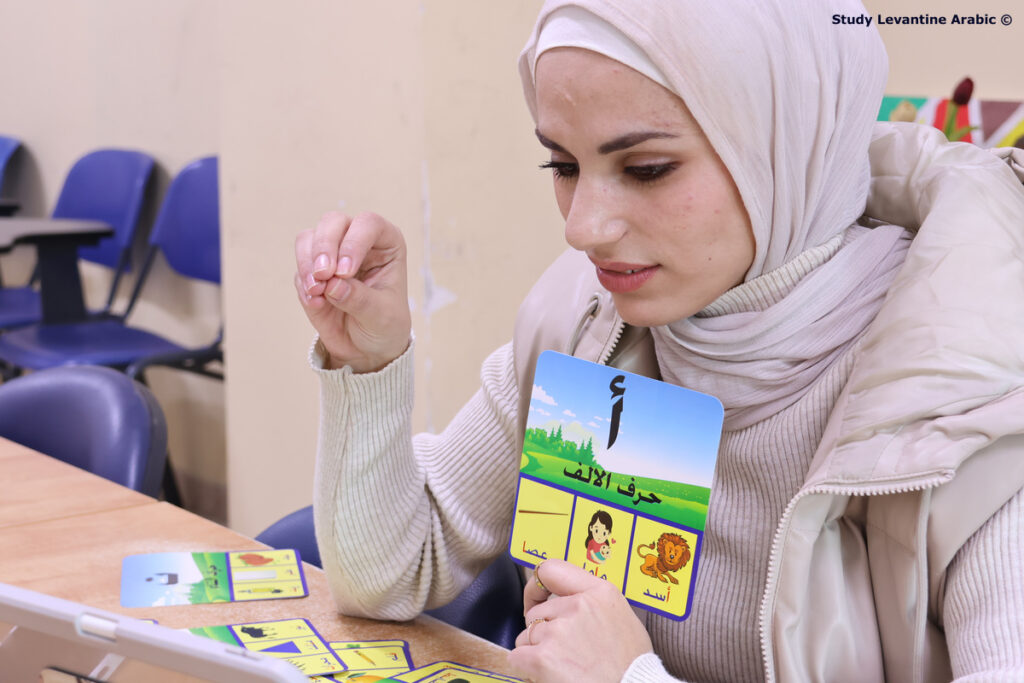
Lebanese Online Course: Study Arabic Global Academy offers live, interactive group courses and private lessons in Lebanese Arabic year-round (spring, summer, fall, and winter). Our experienced teachers work with learners of all ages to improve their Arabic proficiency, especially Lebanese Arabic. Our group courses follow an organized curriculum called Lebanese Arabic from Scratch, designed for learners of all abilities.
Additional Tips on Improving Lebanese Arabic
A well-rounded approach to learning Lebanese Arabic combines listening, speaking, reading, and cultural immersion. Consider the following strategies:
- Watch Lebanese TV shows and films with subtitles to familiarize yourself with pronunciation and expressions.
- Use audio-based language apps or YouTube channels dedicated to Lebanese Arabic.
- Engage in language exchange with native speakers via platforms like Tandem or HelloTalk.
- Take live classes (online or in-person) to get personalized instruction and practice speaking.
- Supplement with grammar books or phrasebooks focused on Lebanese Arabic.
Top Places to Study Lebanese Arabic for In-Person Lessons
If you want to deepen your understanding of Lebanese Arabic, several excellent programs and institutions offer immersive and accessible learning experiences. From intensive in-person courses to flexible online platforms, these options cater to learners of all levels and provide valuable cultural insights alongside language instruction:
1. The Excellence Center in Palestine
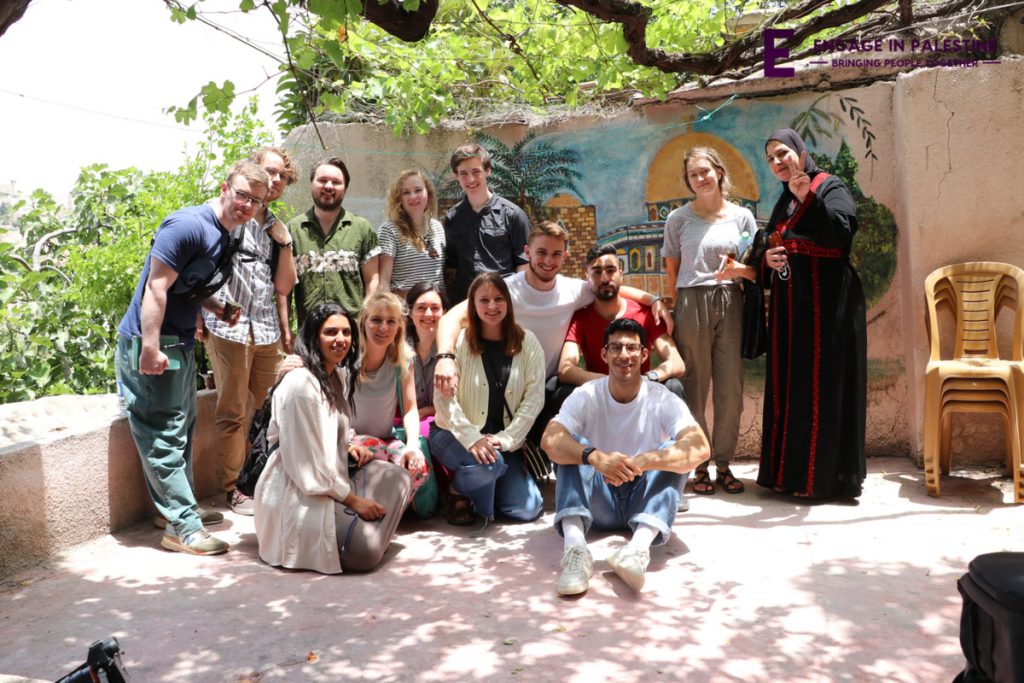
Study Lebanese Arabic: Enroll in our top-tier language program and study Lebanese Arabic at the Excellence Center! We are well known as one of Palestine’s best Arabic language schools. Our strategic location in Hebron (an affordable and bustling city in the West Bank) creates an ideal atmosphere to learn the Ammiya Arabic dialect (This dialect is spoken throughout Syria, Lebanon, Palestine, and Jordan).
2. The Excellence Center in Europe
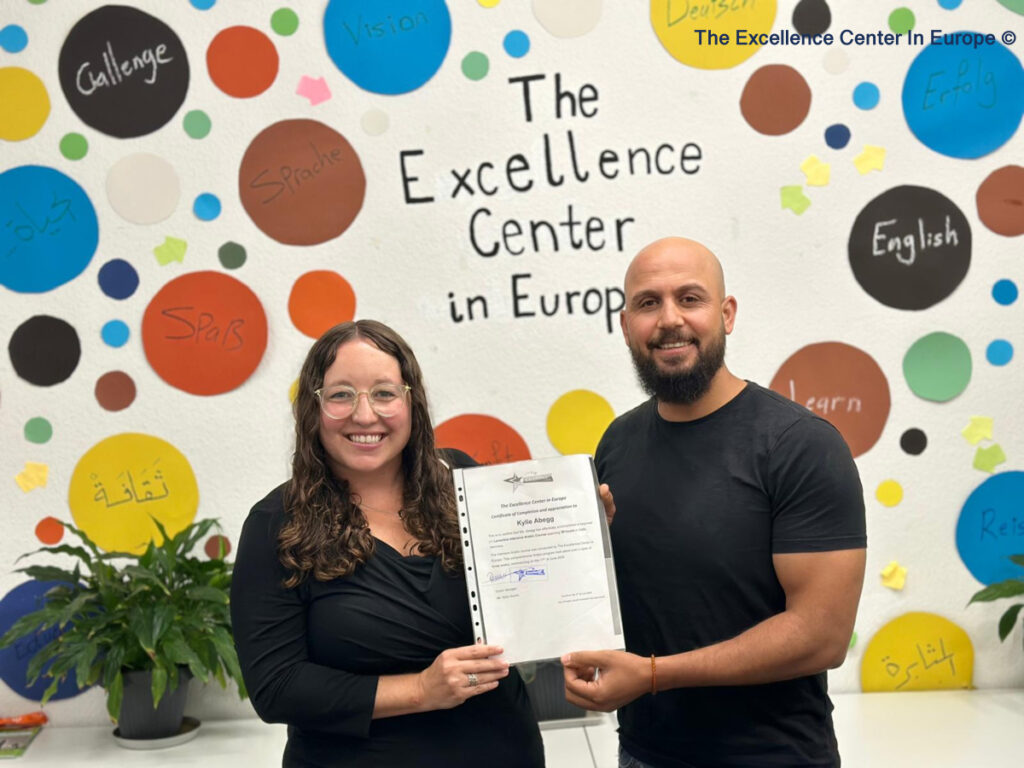
Study Lebanese Arabic in Germany: Students can explore the language and culture of a diverse Arabic diaspora by choosing to study Lebanese Arabic at the Excellence Center in Halle, Germany. The Excellence Center is a unique place where the German and Arabic languages and cultures converge. Many refugees, migrants, and asylum seekers live in Halle, creating a blend of cultures that demonstrates the utility of the Arabic language outside of the Middle East and North Africa.
3. Engage in Palestine
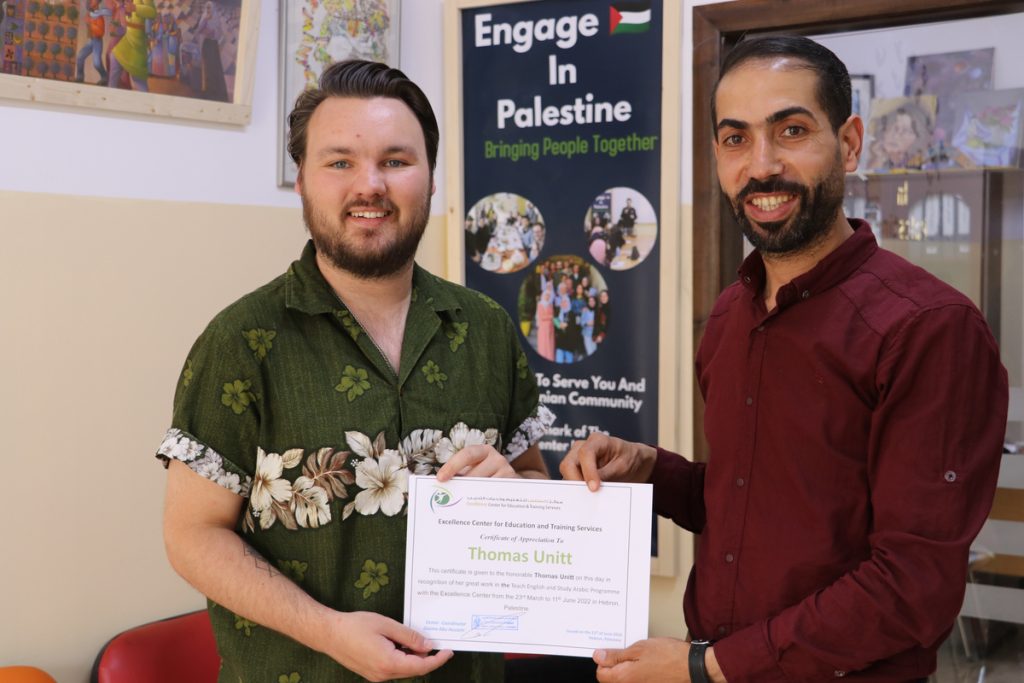
The Intensive Lebanese Arabic Program, by Engage in Palestine, is an excellent opportunity for those wishing to learn the Lebanese dialect of Arabic, connect with the wider Arabic diaspora, and immerse themselves in the diverse culture of Palestine and the greater Levant. Engage in the West Bank offers courses at four levels and three intensities, depending on your needs.
4. Study in Palestine
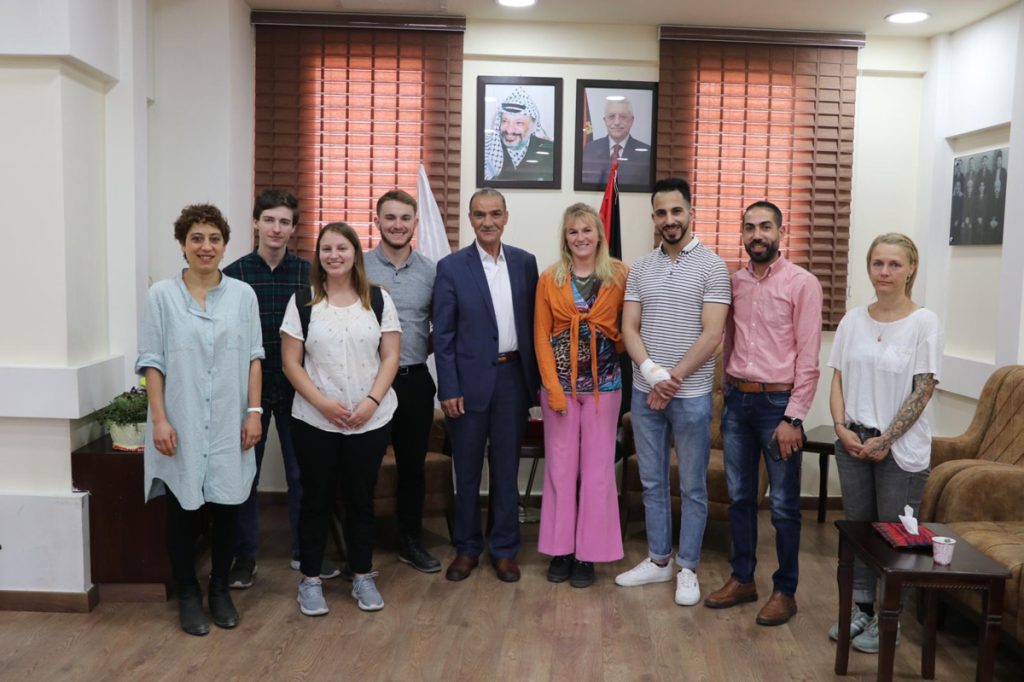
Join the premier Study in Palestine‘s language program to study Lebanese Arabic at a top school in the bustling city of Hebron. Experience the ideal atmosphere for learning the Levantine dialect spoken in Syria, Lebanon, Palestine, and Jordan. Immerse yourself in the rich culture of Palestine and the Levant, and gain insight into the region’s history and current events while building meaningful relationships with the Palestinian community.
What are Some Common Lebanese Arabic Expressions?
| Expression (Lebanese Arabic) | Meaning in English | Usage / Notes |
|---|---|---|
| Marḥabā / Ahla | Hello / Hi | Casual greeting; “Ahla” is very friendly. |
| Kīfak? / Kīfik? | How are you? (male/female) | Used in daily conversation. |
| Mniḥ / Mniḥa | Good / Fine (male/female) | Common reply to “How are you?” |
| Yalla | Let’s go / Hurry up / Okay | Extremely common, also used for encouragement or agreement. |
| Shū? | What? | Used alone or in phrases like “Shū fī?” (What’s going on?). |
| Maʿleish | It’s okay / Don’t worry about it | Used to console someone or downplay a mistake. |
| ʔadēsh? | How much? | Used when asking for a price or quantity. |
| Tfaddal / Tfaddali | Please / Here you go (m/f) | Used when offering something or inviting someone in. |
| Inshallah | God willing | Used to express hope for the future. |
| Maʃallah | What God has willed | Said to show admiration or to avoid envy. |
| Wallāh | I swear / Really | Emphasizes truthfulness or surprise. |
| Habībī / Habībtī | My dear / sweetheart (m/f) | Informal thanks are often used in response to a compliment or service. |
| Sahṭēn! | Bon appétit / Enjoy! | Said when someone is eating or drinking. |
| Yislamō | Thank you | Informal thanks, often used in response to a compliment or service. |
| Maʿ as-salāme | Goodbye | Literally means “with peace,” used to say farewell. |
Conclusion
In conclusion, Lebanese Arabic is a dynamic and expressive dialect with deep historical roots and a unique blend of influences from various languages and cultures. Its distinctive features, such as simplified grammar, melodic intonation, and a rich vocabulary influenced by French, English, and Turkish, make it a fascinating variety of Arabic to learn and appreciate.
Whether spoken in Lebanon or within the global diaspora, Lebanese Arabic continues to thrive as a living language, offering a window into Lebanon’s diverse cultural heritage. By understanding its linguistic nuances and embracing its practical applications, learners can not only gain proficiency in a widely spoken dialect but also connect more deeply with the vibrant Lebanese culture and community.
